The Multiple Independently Targetable Reentry Vehicle (MIRV) is a sophisticated missile technology used mainly in intercontinental ballistic missiles (ICBMs) and submarine-launched ballistic missiles (SLBMs). This technology enables a single missile to carry and deploy multiple nuclear warheads, each directed at a different target.
Delve into the Best MIRV Know-How on Ballistic Missiles reveals that these systems have marked a substantial progression in missile warfare, enhancing strategic capabilities and deterrence. As of 2024, all nuclear-armed nations, except Pakistan, North Korea, and Israel, have confirmed the development and deployment of MIRV systems, with no verified data available for the latter three countries.

MIRV Advancements Through the Decades
During the Cold War, the United States and the Soviet Union (now Russia) were the primary developers of MIRV technology. The first operational MIRV system was the U.S. Minuteman III ICBM, which became active in the early 1970s.
Developed by the United States, the Minuteman III missile carried three smaller W62 warheads, each with a yield of about 170 kilotons, designed specifically to counter the Soviet Union’s ABM system around Moscow.

The introduction of MIRV technology enabled the US to deploy multiple warheads, surpassing Soviet defences. In response, the Soviets adapted their R-36 missile, initially with three warheads in 1975 and later increasing to ten in subsequent versions.
Subsequently, the Soviets developed their MIRV-equipped missiles, such as the SS-18 Satan. The proliferation of MIRVs contributed to the strategic arms race and prompted various arms control agreements to limit their deployment.

Strategic Intent Behind the Development of MIRV
Enhanced Deterrence: By deploying multiple warheads from a single missile, MIRVs increase the potential damage that can be inflicted on an adversary. This capability is a powerful deterrent, as it complicates enemy defence planning and increases the cost and difficulty of intercepting incoming warheads.
Overall, it improves the strategic forces’ ability to effectively execute a distinctive and definitive strike.
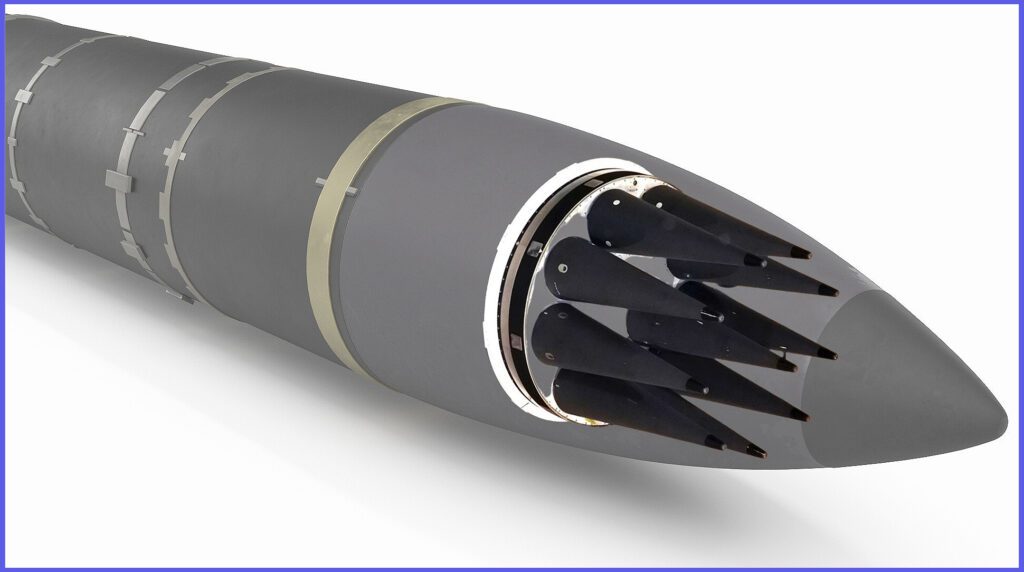
Efficient Resource Use: MIRVs allow for the delivery of multiple smaller, lower-yield warheads that can inflict significantly more damage over a larger area than a single warhead, without requiring a proportional increase in the number of missiles.
This efficiency reduces the logistical and economic burdens associated with missile production and maintenance.
Counterforce Capability: MIRVs enhance a nation’s ability to conduct a counterforce strike, targeting enemy military assets, command centres, and missile silos. This increases the potential to neutralize an adversary’s nuclear capabilities in a first-strike scenario.
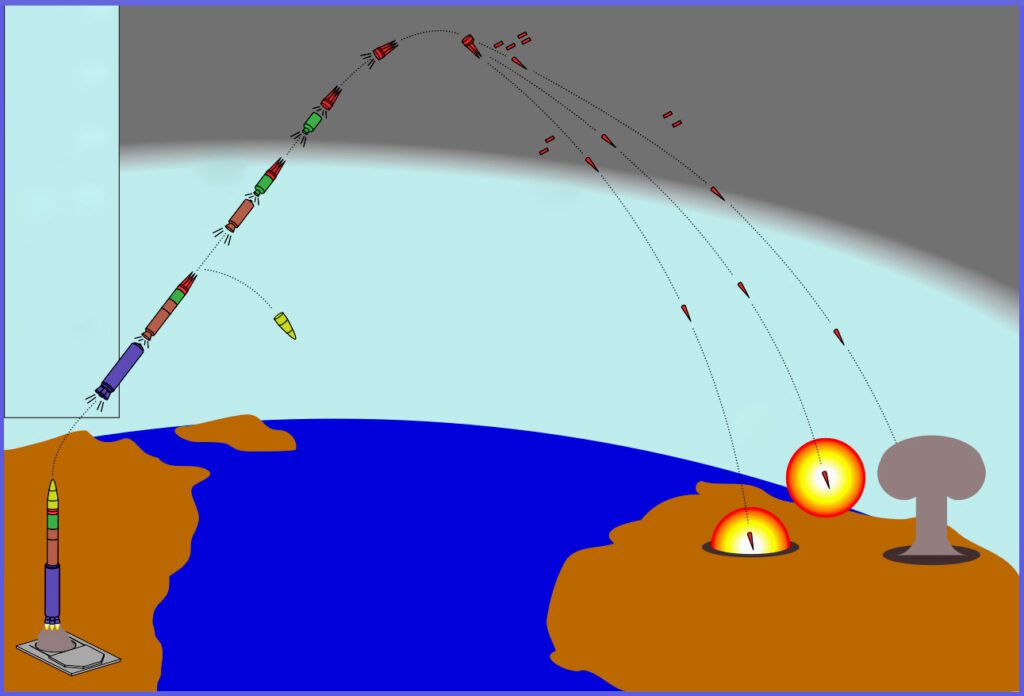
Key Components and Functionality of MIRV
Missile Structure: An MIRV-equipped missile includes a payload section that houses multiple warheads. Each warhead is equipped with its reentry vehicle (RV) that can survive reentry into the Earth’s atmosphere at high speeds.
Certain warheads might utilize small hypersonic airfoils during their descent to increase their cross-range distance. Additionally, some buses can deploy decoys, such as aluminized balloons or electronic jammers, to confuse interception systems and radars.

Bus System: The “bus” is a part of the missile that releases the individual warheads. After the main booster stages propel the missile into the desired trajectory, the bus performs precise adjustments to release each warhead on a unique path. The bus uses small thrusters to change its orientation and velocity for accurate targeting.

Guidance and Targeting: MIRVs employ sophisticated guidance systems that allow each warhead to be directed to a different target. The missile is launched traditionally, but once it reaches space, the warheads are independently manoeuvred to their pre-determined targets.
Modern MIRVs are much more accurate; it is estimated that their Circular Error Probable (CEP) is less than 70 meters.

MIRV-capable Missiles Developed by Nuclear-Armed Countries
MIRV-capable missiles, developed by nuclear-armed countries, are advanced ballistic missiles equipped to carry multiple independently targetable reentry vehicles (MIRVs). These missiles significantly enhance a nation’s strategic capabilities by allowing each warhead to be aimed at separate targets.
Developed primarily by major nuclear powers like the United States, Russia, China, and others, MIRV-capable missiles contribute to deterrence strategies and potential offensive operations.
They complicate defence planning for adversaries and are a key component of modern nuclear arsenals, reflecting ongoing advancements in missile technology and strategic warfare doctrines.
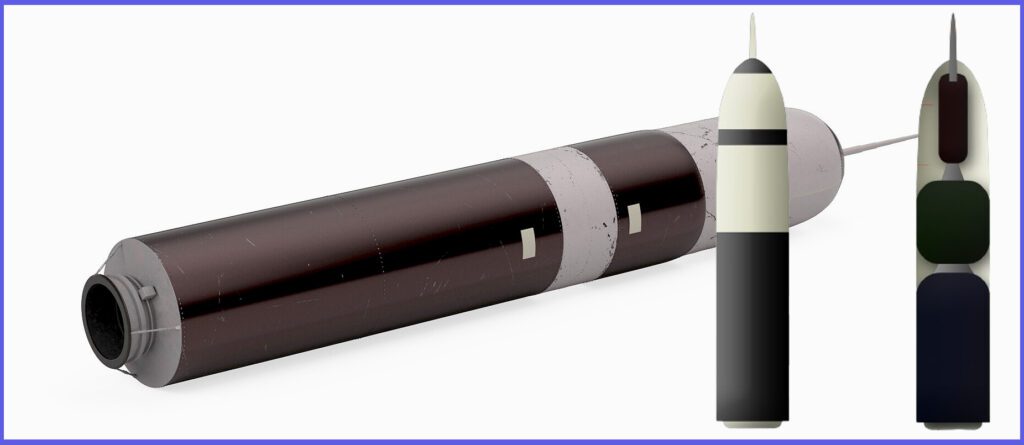
Here are some examples of MIRV-capable missiles developed by various nuclear-armed countries:
United States: The LGM-30 Minuteman III is an intercontinental ballistic missile (ICBM) capable of carrying up to three MIRVs, while the UGM-133 Trident II, D5 is a submarine-launched ballistic missile (SLBM) capable of carrying 8-14 warheads.
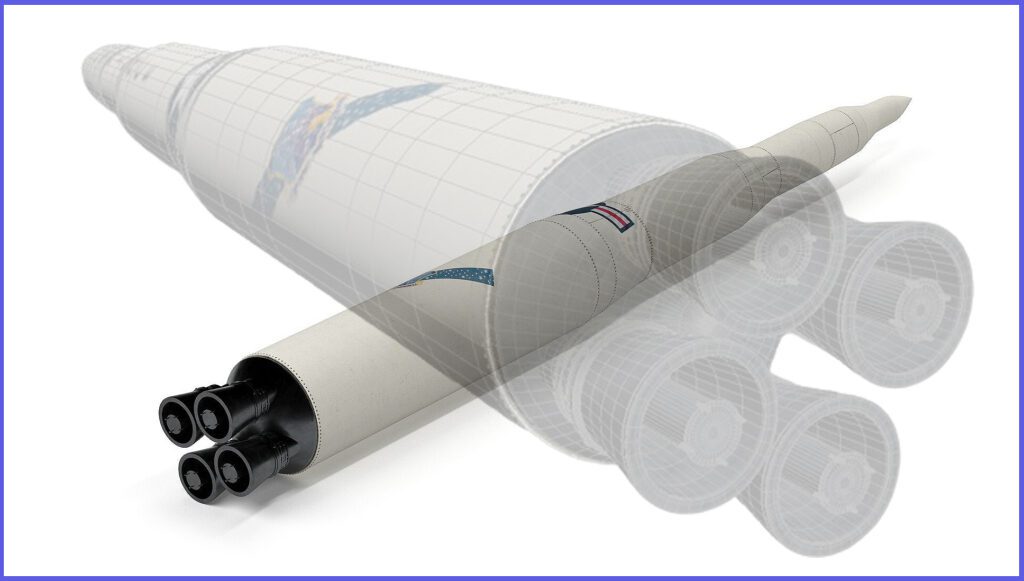
India: Agni-V is India’s longest-range intercontinental ballistic missile (ICBM), capable of carrying between 8 and 12 warheads. Agni Prime is a medium-range ballistic missile reportedly capable of carrying 2 multiple independently targetable reentry vehicles (MIRVs) warheads. The Agni-VI ICBM and K-6 SLBM are under development.

France: The M51 is a submarine-launched ballistic missile (SLBM) used by the French Navy. It is capable of carrying between 6 and 10 multiple independently targetable reentry vehicles (MIRV) warheads and serves as a key component of France’s nuclear deterrence strategy.
United Kingdom: The UGM-133 Trident II, D5 is the submarine-launched ballistic missile (SLBM) used by the Royal Navy aboard the Vanguard-class submarines. It is equipped with MIRV capability, allowing each missile to carry between 8 and 14 warheads independently targeted at different locations.

Pakistan: The Ababeel Weapon System is a surface-to-surface medium-range ballistic missile developed by Pakistan under its medium-range ballistic missile program. It is believed to be capable of carrying up to 8 MIRV warheads, enhancing its nuclear deterrence capabilities with the help of China.
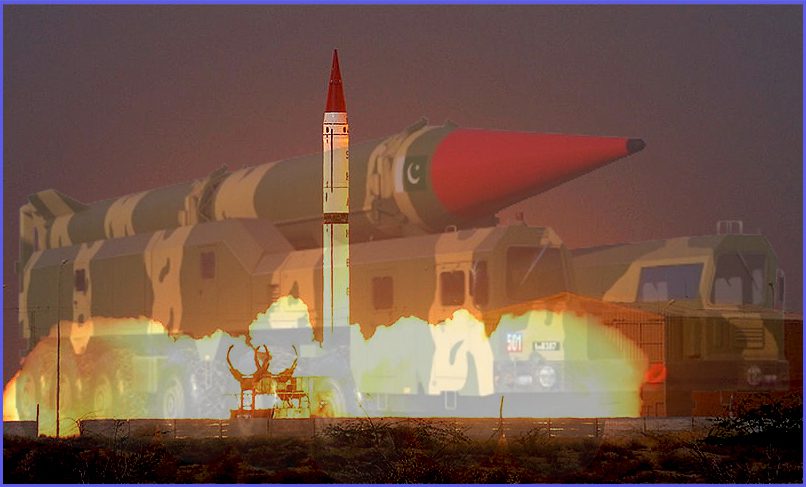
Israel: The Jericho III missile, suspected to have been nuclear-armed since 2011, is capable of carrying either a single nuclear warhead or two to three low-yield MIRV warheads. Another missile, the Jericho IV, a three-stage missile, is under development.
Despite Israel’s lack of public acknowledgement or confirmation of possessing nuclear weapons or a nuclear weapons program, it is widely believed to have developed a nuclear arsenal and the means to deliver nuclear weapons using ballistic missiles.

As of now, Russia and China have the largest number of missiles capable of carrying MIRVs. However, this information may be incomplete, as the exact details are often not made public.
Russia: The R-29R Vysota, R-29RMU2 Sineva, R-29RMU2 Layner, and RSM-56 Bulava are active submarine-launched ballistic missiles (SLBMs) designed to carry between 3 to 10 MIRV warheads. The R-36 mod 5 (SS-9 Scarp) and RS-24 Yars / Topol-MR (SS-27 Mod 2) are solid-fueled ICBMs capable of carrying 3 to 4 MIRV warheads.
The RS-28 Sarmat (SS-X-30), currently under development, is expected to replace older Soviet-era ICBMs and carry a large number of MIRVs, with a capacity of 6 to 15 warheads.

China: The DF-5B, DF-5C, DF-31A, and DF-31B are liquid-fueled ICBMs with MIRV capability, capable of carrying between 3 to 10 warheads. The DF-41 is a solid-fueled ICBM with reported MIRV capability, also capable of carrying between 3 to 10 warheads. The JL-2 SLBM can carry 3 warheads, and the JL-3 SLBM is currently under development.

In Conclusion
The Multiple Independently Targetable Reentry Vehicle (MIRV) represents a significant advancement in missile technology, enabling a single missile to deploy multiple warheads, each aimed at different targets. This capability enhances deterrence, complicates enemy defence strategies, and increases the efficiency of nuclear arsenals.
While MIRVs strengthen strategic capabilities, they also pose challenges for arms control and increase the risk of conflict escalation. As major nuclear-armed countries continue to develop and deploy MIRVs, balancing their strategic benefits with global security concerns remains critical in international relations.

1 thought on “Delve into the Best MIRV Know-How on Ballistic Missiles”